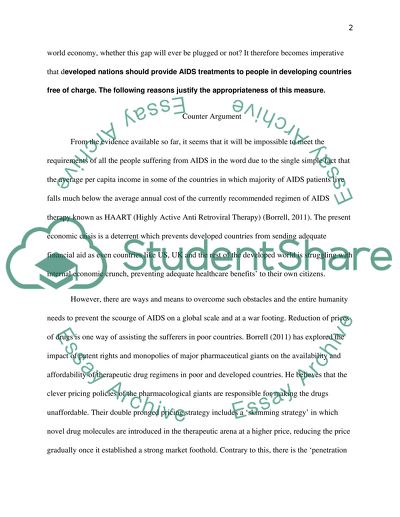Cite this document
(“Affordability and availability of AIDS drugs in poor (developing) Essay”, n.d.)
Retrieved from https://studentshare.org/health-sciences-medicine/1419856-affordability-and-availability-of-aids-drugs-in
Retrieved from https://studentshare.org/health-sciences-medicine/1419856-affordability-and-availability-of-aids-drugs-in
(Affordability and Availability of AIDS Drugs in Poor (developing) Essay)
https://studentshare.org/health-sciences-medicine/1419856-affordability-and-availability-of-aids-drugs-in.
https://studentshare.org/health-sciences-medicine/1419856-affordability-and-availability-of-aids-drugs-in.
“Affordability and Availability of AIDS Drugs in Poor (developing) Essay”, n.d. https://studentshare.org/health-sciences-medicine/1419856-affordability-and-availability-of-aids-drugs-in.


